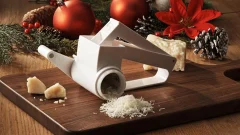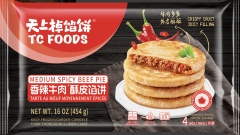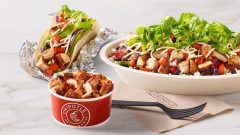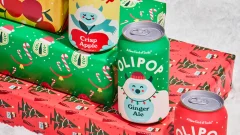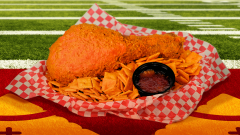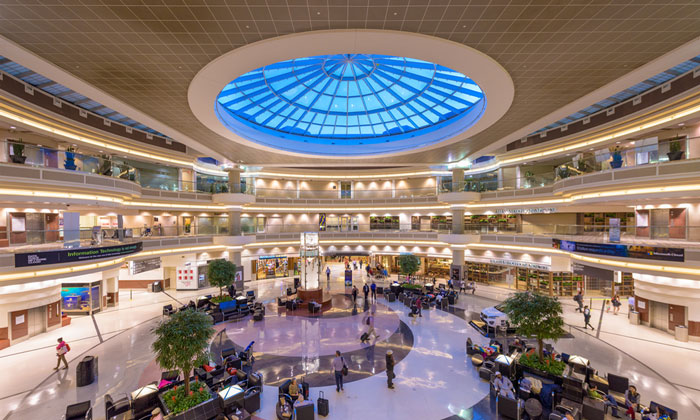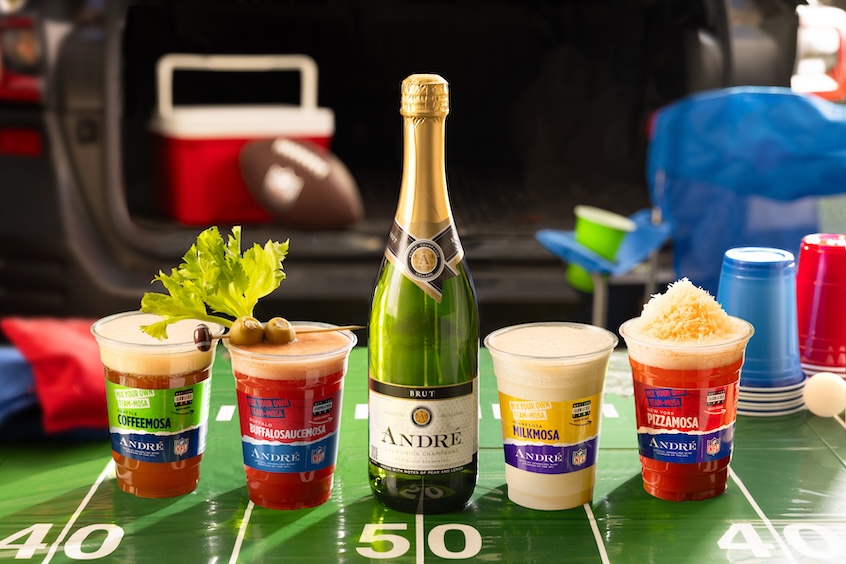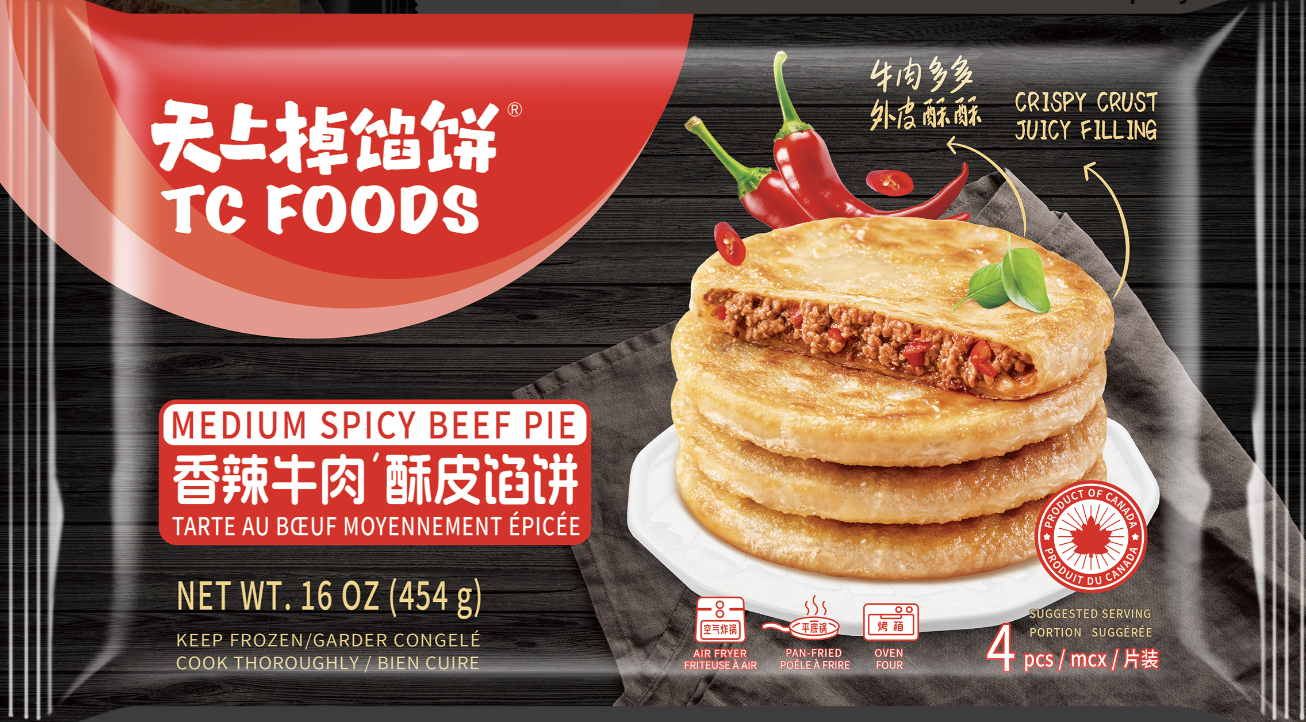The 15-Minute Paella That Cuts Time, But Not Flavor Or Authenticity
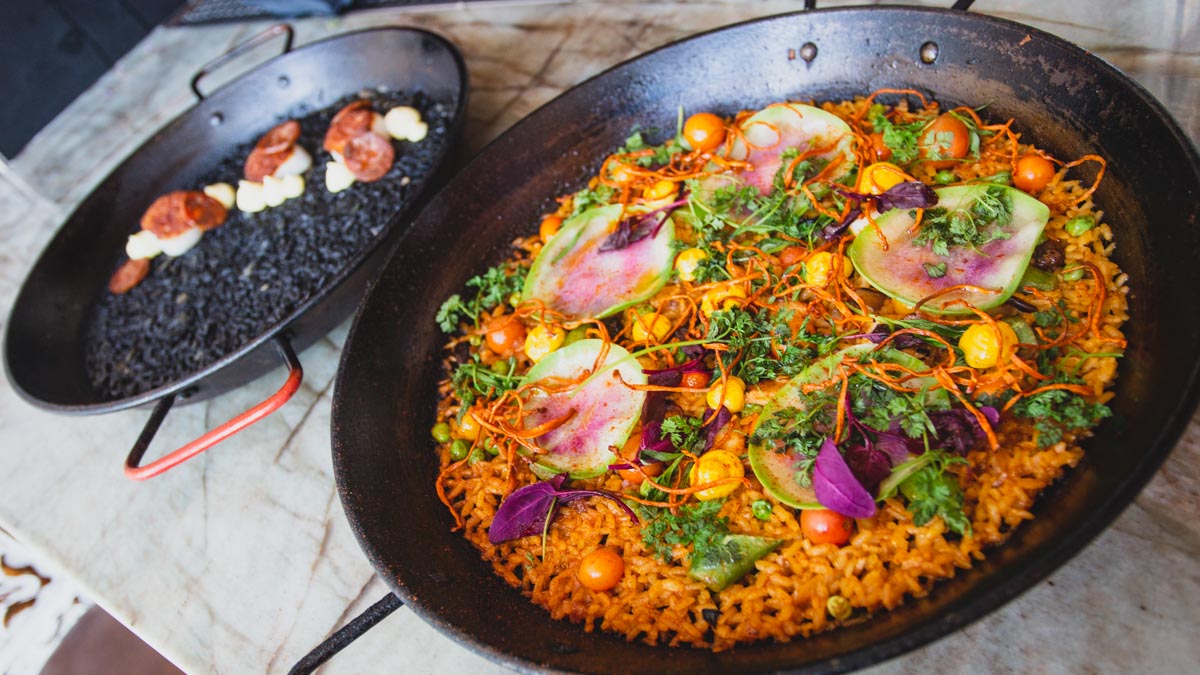
Tucked away in a block on North Figueroa Street in Los Angeles’ historic Highland Park neighborhood lies Otono, a charming Spanish restaurant that you may miss upon first look. While the kitchen space is smaller than most restaurants — six burners, a couple ovens, and a narrow prep station — head chef Theresa Montaño makes up for it by expanding the flavors of her cuisine on an immense scale.
Montaño grew up cooking with her mother and grandmother in New Mexico, instilling a love of the culinary arts in her at such an early age.
“I grew up in a big Hispanic family, so food was a part of that,” she laughed.

Otono’s arroz y fideua, also known as paella, are some of the most popular dishes on the restaurant’s menu. Montaño mentions on a busy night, Otono could sell as many as 50 orders of paella.
Traditionally, a properly made paella could take anywhere from 40 minutes to an hour to cook. With 50 orders a night, in such a small kitchen space, those numbers can seem daunting, but Chef Montaño doesn’t bat an eye.

That’s because she has perfected her paella dish to be done in a matter of 15 minutes, a feat that took her years to master, and is a necessary one to become successful in Otono’s kitchen setting.
The key to this, she shares, lies in the preparation.
Before Chef Montaño even opened the doors of Otono, she began the streamlining process.

Essentially, all the elements of a proper paella are there, but Montaño found a way to shift the flavors into different components to speed up the preparation and cooking process. First, the rice is half-cooked ahead of time and infused with a rich broth. Then Montano creates a flavorful Samora paste that’s made from tomatoes, saffron, and mild chiles that combines with the rice during the cooking process. Once they all come together, the dish tastes exactly as it would had it been cooked another 15 or 20 minutes longer.

With only six burners in her kitchen and two of said burners required for each paella pan, adapting was non-negotiable in such a bustling environment.
Her movement through the kitchen was seamless, slicing fresh vegetables, chorizo, scallops, and all the fresh ingredients required to craft her multiple paellas. Containers of partially-cooked rice and flavorful broths were all measured out and ready to go into the pans once the order comes in.
“It’s just being careful through those steps not to overcook our rice in the beginning and handling it properly. The right ratio of rice for the pan size, you can see just one layer of rice and getting the crispiness on the bottom, that’s called socarrat.”

Chef Montaño explains she made the process foolproof, labeling portions of each ingredient and at which times during the cooking process to utilize them. Paella can be tricky if not correctly approached: you can either overcook it, undercook it, or completely miss the mark on flavor if rushed.
Coming from a Spanish heritage, Montaño spent time in Spain where she traveled to Valencia, the birthplace of paella.

“I went to the old school institutions that were doing the woodfire, really authentic stuff and also went to the more modern paella restaurants to see what they were doing in contrast and then started to develop this concept.”
That time and dedication has paid off and is reflected in the satisfying crunch of her paella’s euphoric socarrat.

Chef Montaño is a shining example that while traditional flavors are crucial to a dish, you need to learn to evolve in order to adapt to a modernized setting. By drastically cutting the time it takes to cook an exquisite paella, Chef Montaño has shown that she’s capable of paying respect to the old ways, while also embracing new techniques to expedite her process.

